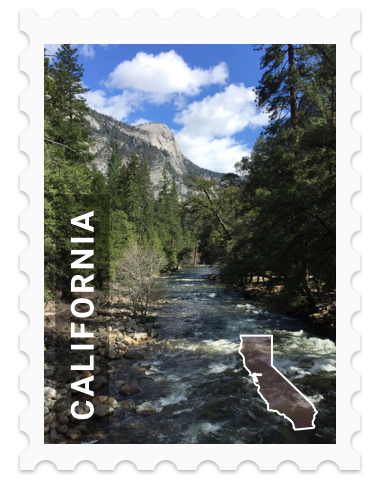Joshua Tree National Park United States
View the unique Joshua trees native to the Mojave Desert.
Photo by Henrique Pinto
Kid Rating:



Joshua Tree National Park is renowned for its stunning desert landscapes and unique Joshua trees (Yucca brevifolia) that give the park its name. The park's history is as rich and varied as its natural beauty, encompassing Native American heritage, early exploration, conservation efforts, and its current status as a cherished national treasure.
The area now known as Joshua Tree National Park has been inhabited for thousands of years by Native American tribes, including the Serrano, Chemehuevi, and Cahuilla. These indigenous peoples relied on the region's diverse plant and animal life for sustenance and used the area's natural resources to create tools, pottery, and shelter.
European settlers began exploring the region in the 19th century, attracted by the promise of mineral wealth. During the California Gold Rush, prospectors ventured into the desert in search of gold and other precious minerals. The remnants of old mining operations, such as abandoned mines and rusted equipment, can still be seen in the park today.
In the early 20th century, homesteaders were drawn to the area by the promise of free land under the Homestead Act. These settlers built cabins and attempted to farm the arid land, leaving behind a legacy of rustic structures and water wells.
The park's modern history began with the efforts of Minerva Hoyt, a passionate advocate for desert conservation. Alarmed by the destruction of desert flora, Hoyt campaigned for the protection of the Joshua tree and other desert plants. Her efforts led to the establishment of Joshua Tree National Monument in 1936 by President Franklin D. Roosevelt.
In 1994, the monument was redesignated as Joshua Tree National Park as part of the California Desert Protection Act. Today, the park spans over 790,000 acres, encompassing two distinct desert ecosystems: the Mojave Desert and the Colorado Desert. Visitors to the park can explore its stunning landscapes, unique flora and fauna, and rich cultural history through a variety of recreational activities, including hiking, rock climbing, and stargazing.
Source ChatGPT







